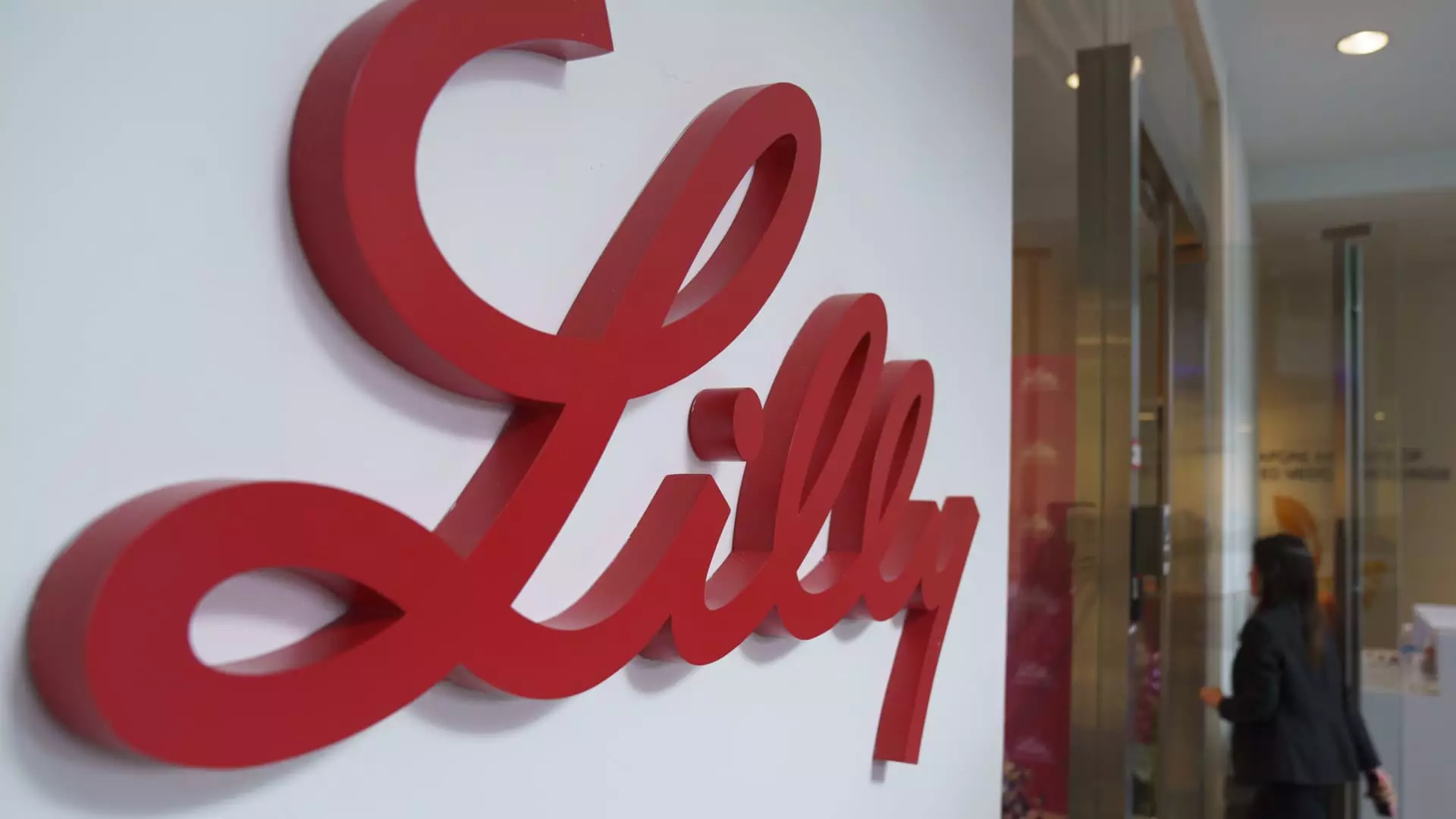In a surprising turn of events, Eli Lilly has revised its revenue expectations downwards, announcing on Tuesday that it anticipates full-year revenue of approximately $45 billion for 2024. This figure represents a notable decrease from the previously projected range of $45.4 billion to $46 billion released in October. Although the new guidance indicates a substantial year-over-year revenue increase of 32%, it signals a cautious approach in light of fluctuating demand for its key medications—Mounjaro and Zepbound. The sharp drop in its stock, with shares declining more than 7% during midday trading, reflects investor concerns and has raised questions about the company’s future growth trajectory.
Eli Lilly has been actively bolstering its production capabilities to meet the soaring demand for its incretin-based drugs. The company has invested billions in improving its manufacturing processes for Mounjaro, a diabetes treatment, and Zepbound, a weight-loss medication. In December, the Food and Drug Administration confirmed the conclusion of a U.S. shortage of tirzepatide, the active ingredient common to both drugs, highlighting Lilly’s successful supply chain adjustments. In a recent interview, CEO Dave Ricks stated that the company is poised to introduce “tons of supply coming online,” which suggests optimism about fulfilling future demand. Furthermore, he indicated that Eli Lilly plans to increase manufacturing capacity, projecting at least a 60% boost in sellable doses for its incretin drugs in the first half of 2025.
Despite these advancements, Eli Lilly faces fierce competition from players like Novo Nordisk and several emerging firms carving out their niches in the burgeoning diabetes and weight loss drug market. The competition is intense, prompting Lilly to develop a more convenient obesity pill aimed at enhancing patient compliance and manufacturability. Ricks is optimistic, projecting that this innovative formulation could receive approval as early as next year. However, uncertainties related to market penetration and the ability to capture share from established rivals remain significant challenges that the company must navigate carefully.
With fourth-quarter revenue expected to reach $13.5 billion, including approximately $3.5 billion from Mounjaro and $1.9 billion from Zepbound, Eli Lilly is aware that their performance is still below analysts’ expectations of $13.94 billion and $45.49 billion for Q4 and full-year 2024, respectively. Ricks attributed the company’s more conservative outlook to reduced growth anticipations and lower-than-expected channel inventory for the year-end. Despite this, Eli Lilly remains hopeful, projecting sales in the range of $58 billion to $61 billion for fiscal 2025 as the company strives to adjust its strategy within a rapidly evolving market landscape.
Eli Lilly’s recent adjustments to its revenue expectations reflect a growing recognition of the challenges posed by evolving market dynamics. While the company’s efforts to expand production and innovate new treatments exhibit potential, the competitive landscape underscores the need for strategic maneuvering. Investors and stakeholders will be closely monitoring Eli Lilly’s next moves as it seeks to maintain its foothold in a high-stakes environment marked by rapid change and escalating competition. The forthcoming year promises to be a critical period for the pharmaceutical giant as it balances supply capabilities with market demands and competitive pressures.

